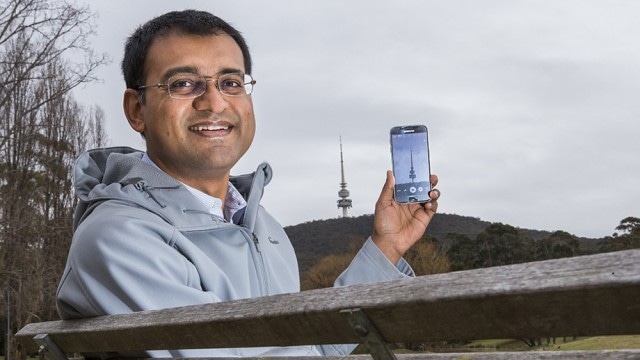Jul 14 2016
Researchers at the Australian National University (ANU) are one step closer to harvesting ambient or reusable energy obtained from mobile phone base stations to power wireless sensors that are battery-operated and used in industries such as agriculture and health.
 Dr. Salman Durrani (Photo credit: Stuart Hay, ANU)
Dr. Salman Durrani (Photo credit: Stuart Hay, ANU)
Dr Salman Durrani, lead researcher from the ANU Research School of Engineering, stated that modern wireless sensors for biomedical applications, wildlife monitoring or buildings use batteries that are often hard to replace.
ANU researchers are the first to accurately model the amount of energy consumed by a wireless sensor to transfer and sense information, and they are developing additional ways to examine the problem.
A major problem hindering the widespread deployment of wireless sensor networks is the need to periodically replace batteries.
Dr Salman Durrani, Lead Researcher, ANU
The demand for wireless sensors has increased in many aspects of daily life, for example sensors are used by Australian viticulture to measure wind speed, light, temperature, humidity and soil moisture that helps to prevent crop loss caused by excessive frost or heat and also in optimizing the growth of grapes.
While being used for condition monitoring of structures such as machinery in factories and bridges, these wireless sensors are also used in many Australian sports, such as rowing in order to gather performance data from athletes.
The research indicates that using batteries instead of energy harvested from solar or ambient radio frequency sources, including communication towers or other mobile phone base stations, resulted in communication delays of less than a few hundred milliseconds.
Dr Durrani stated that the research handled a vital practical problem even though the technology needs further enhancement in the years to come.
If we can use energy harvesting to solve the battery replacement problem for wireless sensors, we can implement long-lasting monitoring devices for health, agriculture, mining, wildlife and critical national infrastructure, which will improve the quality of life.
Dr Salman Durrani, Lead Researcher, ANU
The study was published in IEEE